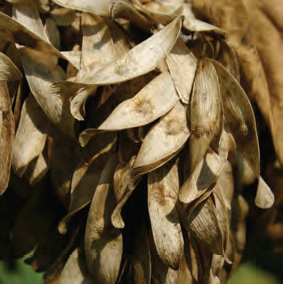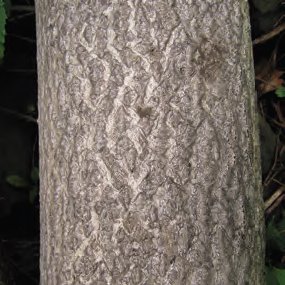Tree of Heaven
Ailanthus altissima
Quassia Family (Simaroubaceae)
Broadleaf Deciduous Tree
Flowers: Jun–Aug
Fruits: Jul–winter
Native Range: China
Introduction: to Philadelphia in 1748 by a gardener.
Mid-Atlantic Range & Habitats: Disturbed forests, forest edges, old fields, roadsides, urban areas, widespread, in a wide range of soils.
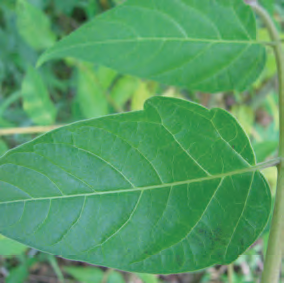
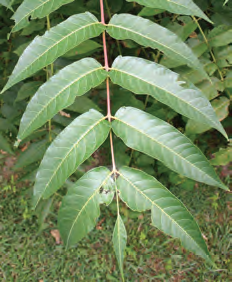
Tree-of-heaven releases chemicals into the soil that inhibit the growth of other plants. At the same time, the rapidly growing tree quickly reduces light availability to plants growing beneath it. Ailanthus has also been shown to change nutrient cycling and availability in invaded forests. Female trees produce huge numbers of wind borne seeds.
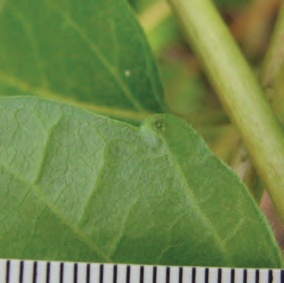
Quick ID
- Leaves: Leaflets entire except for one to several broad, rounded teeth at base; underside of leaflet with a round, thickened spot (a gland) near the base of each tooth
- Fruit: Large cluster of winged samaras
- Odor: Leaves and stems of plant with a strong, unpleasant odor when crushed or bruised
More ID Tips
Ailanthus has clear sap, whereas the Rhus species have milky, sticky sap. The young stems and petioles of Ailanthus are hairless. Smooth Sumac has hairless but glaucous stems and petioles and those of Staghorn Sumac are covered in dense hairs. The undersides of the leaflets of both species of sumac are whitish, Tree of Heaven Trunkcompared to the green or light green of Ailanthus. The thin gray bark of Tree-of-heaven is distinctive, with diamond-shaped markings on younger trees, and pale vertical lines on older trees. The bark of the sumacs is very smooth with narrow horizontalmarkings. Sumacs do not growmore than 10 m tall, whereas Tree-of-heaven grows to a height of 25 m.
